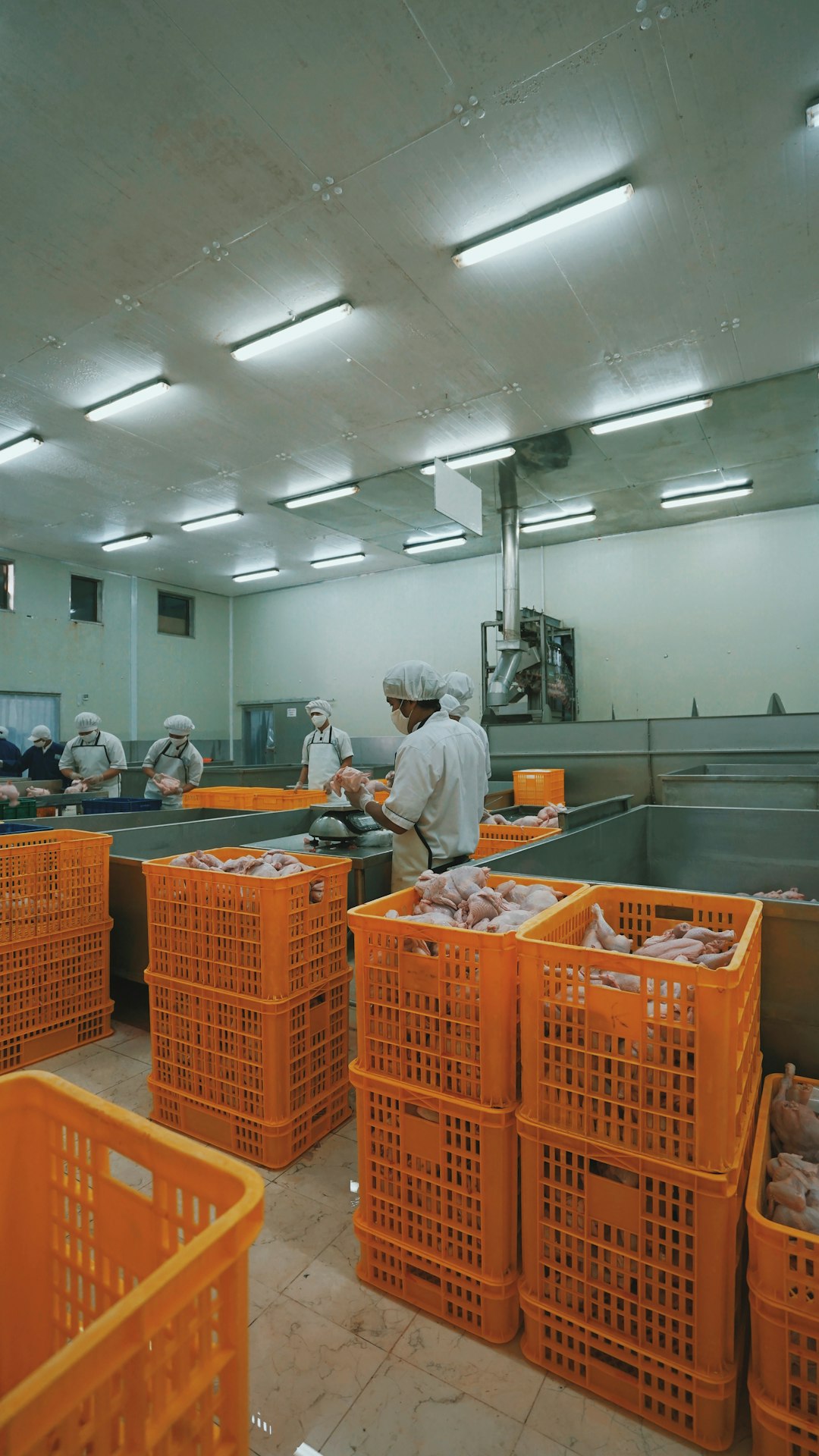When it comes to manufacturing, businesses often have to make a decision between two main production strategies: just-in-time manufacturing and just-in-case manufacturing. Just-in-time manufacturing involves producing goods only as they are needed, minimizing inventory and reducing waste. On the other hand, just-in-case manufacturing involves producing goods in advance to have a stockpile in case of unforeseen demand or disruptions in the supply chain. In this blog post, we will delve into the pros and cons of just-in-case manufacturing to help businesses evaluate whether this production strategy is the right fit for them.
Pros of Just-in-Case Manufacturing:
1. Risk Mitigation: One of the primary benefits of just-in-case manufacturing is the ability to mitigate risks. By maintaining a stockpile of inventory, businesses can better withstand fluctuations in demand or disruptions in the supply chain. This can help prevent stockouts and ensure that customers receive their orders on time.
2. Flexibility: Just-in-case manufacturing provides businesses with flexibility to handle unexpected events such as sudden spikes in demand or delays in the supply chain. Having a buffer of inventory allows businesses to quickly respond to changing market conditions without having to ramp up production at the last minute.
3. Cost Savings: While just-in-case manufacturing may require businesses to invest in extra inventory storage, it can also lead to cost savings in the long run. By producing goods in advance, businesses can take advantage of economies of scale and negotiate better prices with suppliers. Additionally, having a buffer of inventory can help businesses avoid rush orders and expedited shipping costs.
4. Customer Satisfaction: Just-in-case manufacturing can help businesses meet customer demand and ensure a high level of customer satisfaction. By having a stockpile of inventory on hand, businesses can fulfill orders quickly and efficiently, reducing lead times and improving customer service.
Cons of Just-in-Case Manufacturing:
1. Increased Inventory Costs: One of the major drawbacks of just-in-case manufacturing is the increased inventory costs. Maintaining a stockpile of inventory requires additional storage space, carrying costs, and the risk of obsolescence. This can tie up valuable capital and resources that could be used more effectively elsewhere in the business.
2. Wastage: Just-in-case manufacturing can also lead to wastage of resources and raw materials. If demand for a product does not materialize as expected, businesses may be left with excess inventory that cannot be sold. This can result in write-offs and losses for the business.
3. Reduced Agility: Just-in-case manufacturing can make businesses less agile and responsive to changing market conditions. With a stockpile of inventory on hand, businesses may be less inclined to innovate or adapt to market trends, leading to missed opportunities and competitive disadvantages.
4. Quality Control: Maintaining a large stockpile of inventory can also pose challenges for quality control. The longer inventory sits in storage, the greater the risk of damage, spoilage, or deterioration. Businesses must implement robust quality control processes to ensure that inventory remains in good condition and meets customer expectations.
In conclusion, just-in-case manufacturing has both pros and cons that businesses need to consider when evaluating their production strategy. While just-in-case manufacturing can provide risk mitigation, flexibility, cost savings, and customer satisfaction, it also comes with increased inventory costs, wastage, reduced agility, and challenges with quality control. Ultimately, businesses must weigh the benefits and drawbacks of just-in-case manufacturing to determine whether this production strategy aligns with their objectives and operational capabilities. By carefully assessing the pros and cons, businesses can make informed decisions that optimize their manufacturing processes and drive long-term success.

